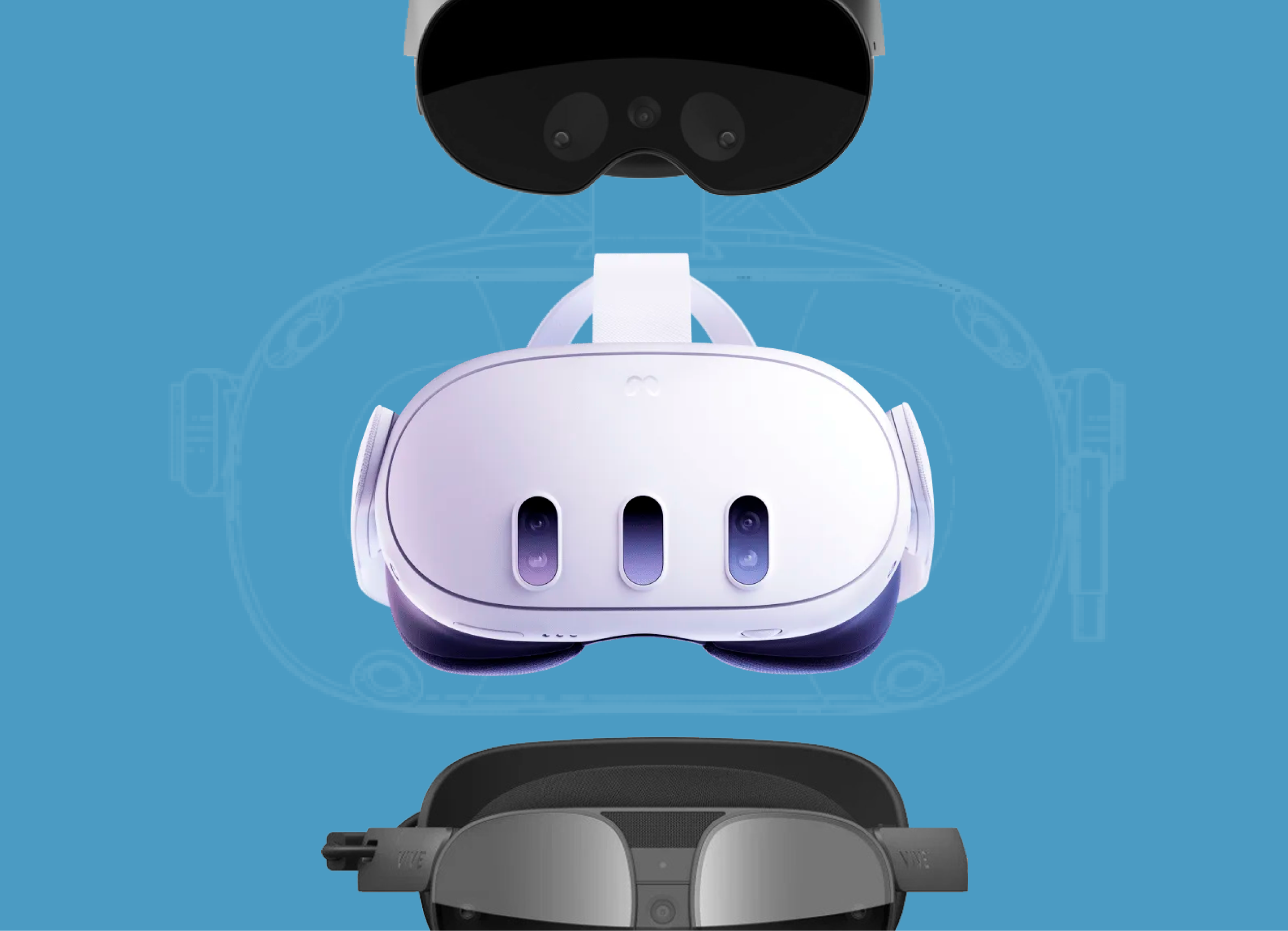
Even while immersive technologies are becoming more and more commonplace in our daily lives, many firms remain skeptical about their potential for corporate development. “If technology does not directly generate revenue, why invest in it at all?” is a common question in the public mind. Because of their careful approach, only very large companies in the business with substantial marketing expenditures are using immersive technologies to generate excitement at conferences, presentations, and events.
But there are far more benefits to using VR, AR, and MR in marketing than just eye candy. These technologies provide a plethora of advantages that can boost sales, improve consumer engagement, and give businesses a clear competitive advantage. Marc Mathieu, Chief Marketing Officer at Samsung Electronics America said:
“The future of marketing lies in immersive experiences. VR, AR, and MR technologies allow us to go beyond traditional advertising and create unique, memorable interactions that can influence consumer perception and behavior in powerful ways.”
Captivating and engaging audiences is one of the main benefits of VR, AR, and MR. According to a 2023 Statista analysis, AR advertising engagement rates are predicted to rise by 32% over the course of the next several years, indicating the technology’s capacity to capture viewers.
An information-rich culture can be a hostile environment for conventional marketing strategies. Conversely, immersive technologies offer compelling and unforgettable experiences. For example, augmented reality uses smartphones or AR glasses to superimpose product information or advertising onto the real environment, while virtual reality can take buyers to virtual showrooms or give them a 360-degree view of a product. A stronger emotional bond and improved brand recall could result from this degree of involvement. Here are other possible advantages.
Personalized Customer Experiences
Marketing initiatives that are highly customized are made possible by immersive technology. Businesses may learn more about the tastes and habits of their customers by gathering data on user interactions inside VR and AR environments. The relevance and efficacy of marketing campaigns may then be increased by using this data to customize offers and messaging for specific consumers. Because consumers are more likely to respond favorably to marketing that seems to be tailored just for them, personalization raises the chance of conversion.
Demonstrating Product Benefits
For many products, VR, AR, and MR offer a distinctive approach to showcase benefits, especially for those that are complex or have characteristics that are hard to explain through traditional media. Potential buyers may be able to virtually test out a product and get a firsthand look at its features with a VR experience. With augmented reality (AR), one may see how a product would appear in its natural setting, for example how furniture would fit in a space. Sales can rise and buyer hesitancy can be considerably reduced when consumers can see and engage with a product before making a purchase.
Creating Shareable Content
Social media users are more likely to share content that uses VR, AR, and MR. Individuals are more likely to tell their friends and followers about interesting and engaging events, which generates natural buzz and raises brand awareness. Since suggestions from friends and family are frequently more trusted than standard commercials, word-of-mouth marketing has the potential to be quite effective.
Differentiation from Competitors
To stand out in a crowded market, distinctiveness is essential. Through the integration of VR, AR, and MR into marketing tactics, companies may establish a reputation for being creative and progressive. This draws in technologically sophisticated clients and establishes the business as a pioneer in its field. Those companies that adopt these technologies early will have a big edge when additional companies start looking into them.
Enhanced Data Collection and Analytics
Immersive technologies provide new avenues for collecting data on customer interactions and preferences. By analyzing how users engage with VR, AR, and MR experiences, businesses can gain valuable insights into customer behavior and preferences. This data can inform future marketing strategies, product development, and customer service improvements, leading to a more refined and effective overall business approach.
Detailed Examples of Immersive Technology in Marketing
Pepsi’s AR Halftime Show
During the Super Bowl halftime show in 2022, Pepsi introduced an inventive augmented reality (AR) experience created by Aircards with the goal of interacting with fans in a whole new way. Through the use of their cellphones, viewers may access an augmented reality experience by scanning a QR code that was flashed during the broadcast. With the use of interactive multimedia including behind-the-scenes videos, exclusive artist interviews, and real-time minigames, viewers were given the impression that they were a part of the event.
To add a gamified aspect to the experience, the AR halftime show also included virtual Pepsi-branded products that spectators could “collect” and post on social media. In addition to offering amusement, this program gave Pepsi useful information on user behaviors and preferences. Through data analysis, Pepsi improved total customer engagement and brand loyalty by honing future marketing initiatives and creating more tailored content.
Visa’s Web3 Engagement Solution
Visa launched an innovative Web3 interface technology in 2024 with the aim of transforming loyalty programs for clients. Visa developed an easy and engaging interface that let users interact with virtual worlds and benefit from the combination of blockchain technology and augmented reality. Customers can engage in virtual treasure hunts and simulations of real-world locations through augmented reality (AR) activities.
In order to provide clients with safe and transparent incentive tracking across many merchants, the Web3 system also made use of blockchain. More adaptability and compatibility across various loyalty programs were made possible by this decentralized strategy. Customers benefited from a more satisfying and engaging experience as a consequence, and Visa was able to implement more successful marketing campaigns thanks to detailed data analytics that provided deeper insights into customer habits and preferences.
JD AR Experience by Jack Daniel’s
To bring their brand story to life, Jack Daniel’s introduced an immersive augmented reality experience. Users could access an immersive trip through Jack Daniel’s production process and history by scanning a bottle of whiskey with the JD AR app. Interactive features of the AR experience included behind-the-scenes video, historical brand anecdotes, and 3D animations of the distillery process.
This augmented reality (AR) campaign raised brand engagement and patron loyalty while educating consumers about Jack Daniel’s legacy and workmanship. Jack Daniel’s improved consumer satisfaction and bolstered its brand identification in the cutthroat spirits market by providing an engaging and educational experience.
Conclusion
The advantages of using VR, AR, and MR into marketing plans are significant, even though many companies still consider them to be ostentatious or superfluous. A few of the benefits that can spur company growth are better data collecting, sharing information, competitive differentiation, individualized experiences, and more consumer interaction. Businesses that use these technologies will be well-positioned to lead in their sectors and take advantage of new market opportunities as they develop and become more widely available.



